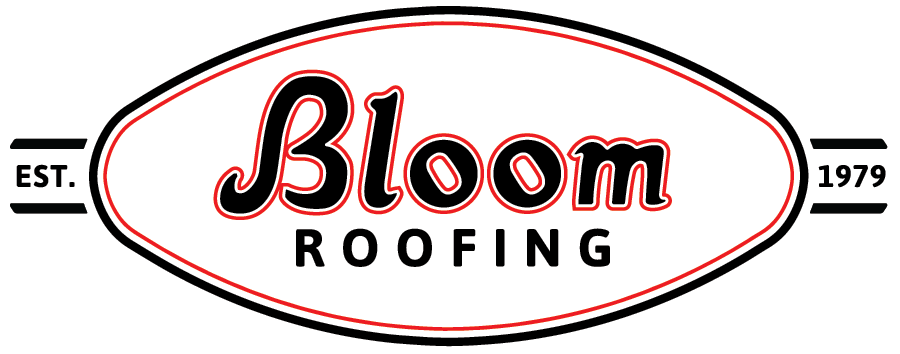It is crucial to have roofing inspections in both the spring and fall to maximize roof lifespan, but knowing the age and health of your roof is also incredibly important when it comes to preventative maintenance. While a roof’s life typically ranges anywhere from 10 to 30 years depending on the installation and materials used, all roofs age in a similar fashion.
For maximum longevity, it’s best to know the age of your roof and the common symptoms that go with aging. Despite the installation and materials used, all roofs tend to go through the three stages of aging listed below.

Stage 1: Initial Curing
10-20% of Roof’s Lifespan
Roof systems begin to age immediately after installation. The first stage in the roof aging process is known as the initial curing. Despite that the roof is new and in strong condition, the first few years after installation can take a toll on the roof’s seams and membrane. The initial curing is the shortest stage of a roof’s life span, yet it is undoubtedly the most destructive. There is no need to worry, however, as a properly installed roof should have no issues providing exterior and interior protection during this stage.
Symptoms:
- Open seams
- Fish-mouths in roof membrane
Stage 2: Mid Life
60-75% of Roof’s Lifespan
After the initial curing stage, there is a long period of slow aging known as the mid-life stage, which lasts for the majority of a roof system’s lifecycle. During this period, it is highly recommended to have your roof inspected semi-annually to avoid cyclical weather damage. While aging still occurs to the membrane and seams during this stage, the roof deteriorates at a much slower pace. Gutters and drains are also susceptible to blockages during this stage, though periodic maintenance can easily prevent this and maximize roof lifespan.
Symptoms:
- Cracks or blistering
- Open seams
- Fish-mouths in roof membrane
- Gutter and drain blockages
- Minor weather damage
Stage 3: Declining Years
15-20% of Roof’s Lifespan
After a long mid life stage, the aging process will begin to accelerate again. At this point, the roof system enters the declining years stage and is reaching the end of its lifespan. After years of expansion and contraction due to cyclical weather changes, the roof membrane and seams begin to separate. Upon reaching this stage, maintenance and repairs can become expensive and ineffective and roof replacement may be more practical.
Symptoms:
- Seams separating
- Large fish-mouths in membrane
- Membranes coming apart
- Loose wall flashings
- Failing penetration seals
- Major weather damage
Despite the installation and materials used for your roof, all roofs should experience similar symptoms to those above. To prolong roof lifespan and save money in the process, building owners should recognize these symptoms and the age and deterioration of your roof before making any decision regarding maintenance and repairs.Not sure about the status of the roof over your business? Bloom’s commercial roofing inspections will ensure all of your roof’s problems are found before they find you. For best-in-class roofing service and peace of mind, contact Bloom Roofing today.

